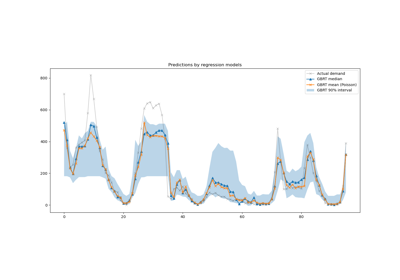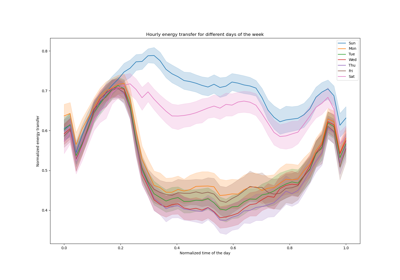root_mean_squared_error#
- sklearn.metrics.root_mean_squared_error(y_true, y_pred, *, sample_weight=None, multioutput='uniform_average')[source]#
Root mean squared error regression loss.
Read more in the User Guide.
Added in version 1.4.
- Parameters:
- y_truearray-like of shape (n_samples,) or (n_samples, n_outputs)
Ground truth (correct) target values.
- y_predarray-like of shape (n_samples,) or (n_samples, n_outputs)
Estimated target values.
- sample_weightarray-like of shape (n_samples,), default=None
Sample weights.
- multioutput{‘raw_values’, ‘uniform_average’} or array-like of shape (n_outputs,), default=’uniform_average’
Defines aggregating of multiple output values. Array-like value defines weights used to average errors.
- ‘raw_values’ :
Returns a full set of errors in case of multioutput input.
- ‘uniform_average’ :
Errors of all outputs are averaged with uniform weight.
- Returns:
- lossfloat or ndarray of floats
A non-negative floating point value (the best value is 0.0), or an array of floating point values, one for each individual target.
Examples
>>> from sklearn.metrics import root_mean_squared_error >>> y_true = [3, -0.5, 2, 7] >>> y_pred = [2.5, 0.0, 2, 8] >>> root_mean_squared_error(y_true, y_pred) 0.612... >>> y_true = [[0.5, 1],[-1, 1],[7, -6]] >>> y_pred = [[0, 2],[-1, 2],[8, -5]] >>> root_mean_squared_error(y_true, y_pred) 0.822...


